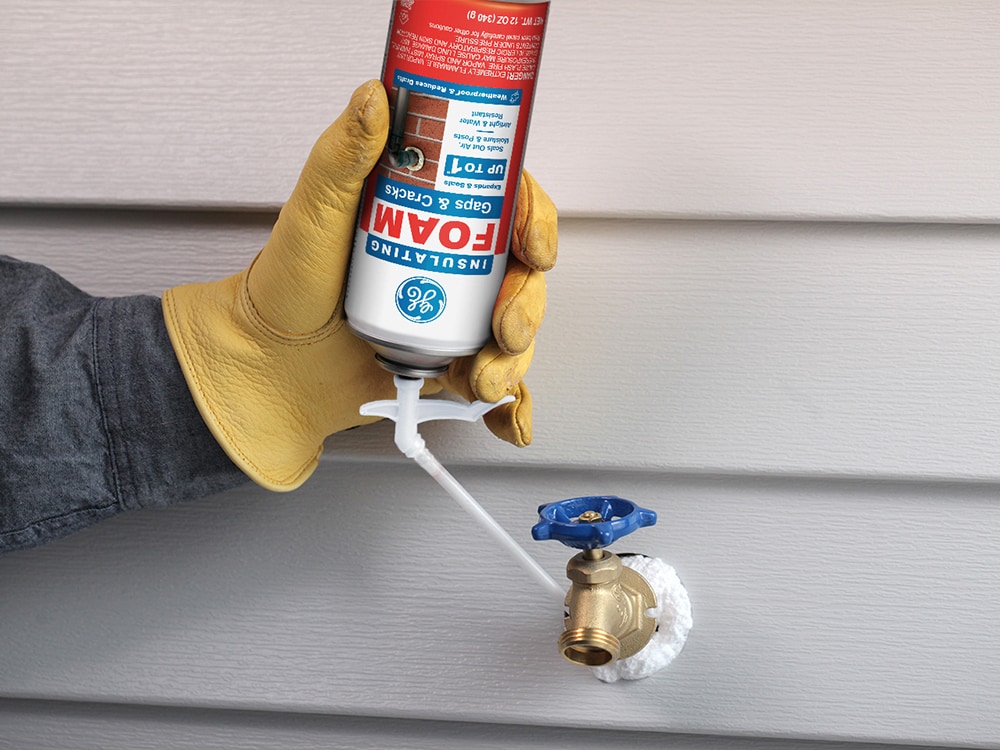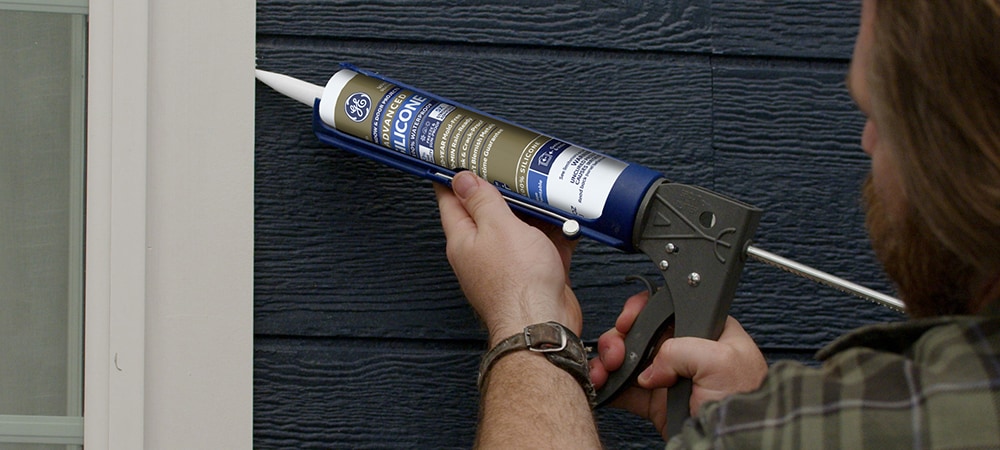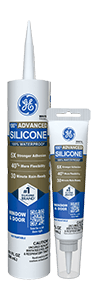Note: This DIY article is provided as a general guide only and is not intended to take the place of product-specific installation procedures; always follow applicable manufacturers’ instructions. Depending on your home’s age and condition, location within the home, and other potential factors, repairs and/or upgrades or other services may be necessary prior to the beginning and/or completion of your project that may involve the services of a home improvement professional. This article does not include advice pertaining to local building codes and/or any related inspections.
Sealing your home improves energy efficiency and also protects against water damage, pests, and air leaks. These preventative measures reduce the risk of insurance claims and costly damage. This blog explores how these improvements can help you weatherize your home to avoid long-term damage.
The importance of weatherizing your home to avoid long-term damage
Sealing your home is an effective method for avoiding long-term costly damage. Properly sealing your home with products like GE silicone sealants and insulating foams helps protect against common issues such as:
- Water damage
- Mold
- Air leaks
These problems frequently lead to expensive repairs. However, by taking preventative measures to seal your home, you can reduce the likelihood of needing repairs due to weather or structural damage.
In particular, waterproofing can prevent major structural issues, while insulating foam helps maintain energy efficiency. These efforts both protect your home and help keep your home well-maintained and proactively protected.

These problems frequently lead to expensive repairs. However, by taking preventative measures to seal your home, you can reduce the likelihood of needing repairs due to weather or structural damage.
GE products for weatherizing your home: sealants and insulating foam
Using GE products like Advanced Silicone 2® Window & Door Sealant and Gaps & Cracks insulating foam is an effective way to weatherize your home against costly damage and repairs.
Additionally, GE insulating foam plays a key role in improving energy efficiency by preventing air leaks, which can significantly affect heating and cooling costs in your home.
GE Sealants products enhance the home’s durability and reduce risks such as flooding, water damage, and insulation issues. By investing in these high-quality materials, you protect your home and reduce your chances of incurring costly repairs.
Steps for weatherizing your home
Sealing your home can be a straightforward DIY project. It not only improves energy efficiency in your house, but it also helps you avoid costly repairs. Follow these steps to enhance your home’s protection and make it less vulnerable to damage.
- Inspect the home’s exterior: Walk around your home and look for cracks, gaps, or holes in the foundation, walls, windows, and doors that could allow water or pests inside.
- Choose the right sealant: Select a high-quality weatherproofing sealant appropriate for the material and area you are sealing — e.g., concrete, wood, or brick.
- Clean the area: Before applying any sealant, make sure the surface is clean and dry. Dirt, debris, or moisture can affect the sealant’s ability to adhere properly.
- Seal windows and doors: Apply the sealant around windows and door frames, paying close attention to gaps between the frame and wall. Insulating foam can also be used to improve energy efficiency.
- Seal cracks in the foundation: Use an outdoor weatherproofing sealant to fill any visible cracks in the foundation, which can prevent water infiltration and subsequent structural damage.
- Check roof flashing: Ensure that the flashing around your roof, chimneys, and vents is properly sealed to prevent leaks.
- Seal attic and basement: Focus on insulating and sealing attics and basements to prevent air leaks, water damage, and pest intrusion.
- Test for air leaks: Use a smoke pencil or incense stick near windows and doors to identify areas where air might be escaping. Seal the gaps you find as needed.
Benefits of weatherproofing
After sealing your home, it’s important to approach your insurance company to see if they will adjust your rates based on your improvements. Start by gathering documentation — including receipts for materials used, such as weatherproofing sealants or insulating foam, and photos of completed work. Reach out to your insurer and explain how these improvements have reduced your home’s risk of water damage, energy inefficiency, or structural issues. Ask if these upgrades qualify your home for a discount or rate reduction. Many insurance companies regularly offer discounts for proactive home maintenance to reduce potential claims.
Other ways to weatherize your home
In addition to sealing your home, there are other ways to weatherize your home. For example, you could:
- Install fire-resistant roofing
- Reinforce windows with storm shutters
- Upgrade your electrical and plumbing systems
These upgrades improve your home’s resilience and make your property a lower liability for insurance companies. Adding a home security system, smoke detectors, and carbon monoxide detectors are also common steps that enhance safety and reduce the likelihood of damage.
Protect and weatherize your home with GE sealants for weatherproofing and insulation. GE sealants help you reduce the risk of water damage and improve energy efficiency in your home. Invest in your home’s longevity with GE solutions and ensure long-term savings.
To get GE Sealants’ products for your home improvement project, visit these fine retailers.



